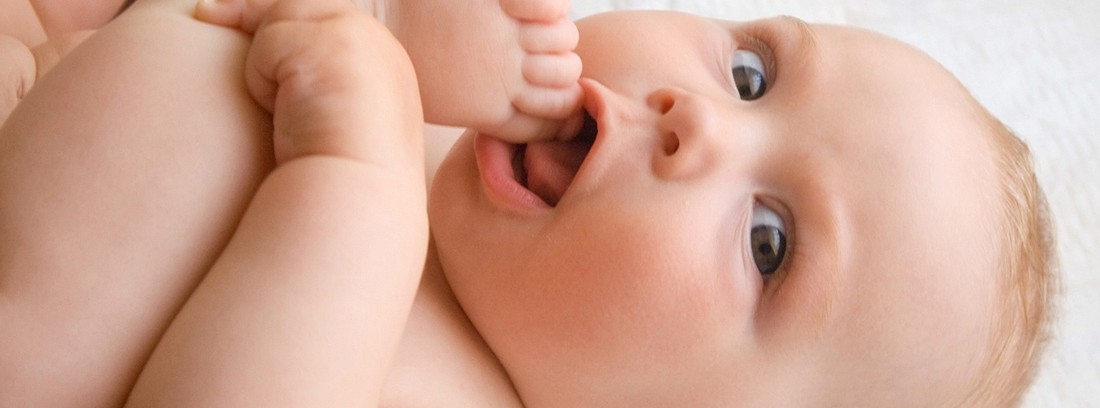Oral yeast infection

Candida is a microorganism that is normally present in the skin and mucous membranes; sometimes when there are irritated and moist areas it can infect them.
Oral cadidiasis is common in infants under 6 months and, it is not at all unusual, that oral yeast infection is accompanied by a yeast infection in the diaper area (Candida-type fungus infection in the genital and anal area.)
Do not confuse thrush with leftover milk. If whitish spots appear on the tongue that are easily removed with gauze, it will be curdled milk and not infection.
Symptoms
When the infection is in the mouth (thrush) are formed white plates that line the inside of the oral cavity and the tongue. Are uneven and difficult to remove (if we remove them they leave a bleeding trail); They are not usually very annoying but, if you try to remove them, the area can become very inflamed and make it difficult for the newborn to feed.
Cause and contagion
The Candida lives naturally in the skin, mucosa and intestine. In the mother also lives in the vagina. During childbirth, the newborn can be infected when it passes through the birth canal. It can also be spread through the chest, during feedings.
Candidiasis can be transmitted through the hands. Hands should be washed thoroughly after touching the baby's lesions.
One or one of the mother's nipple should be discarded, because it may be the source of contagion.
Treatment
Thrush is a mild and benign process but needs treatment with a specific cream against fungi (antifungal). It always has to.
The cream is applied impregnating the pacifier three or four times a day.
It is important disinfect the pacifier with boiling water and soak it in bicarbonate water.
If the newborn is breastfeeding, the mother should wash nipples after taking it with bicarbonate water.
(Updated at Apr 14 / 2024)